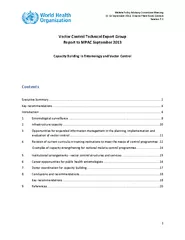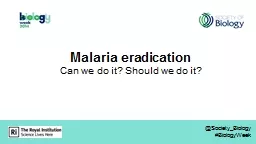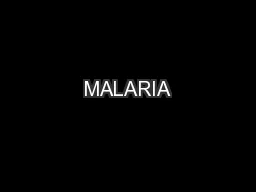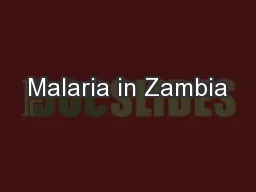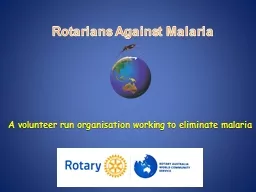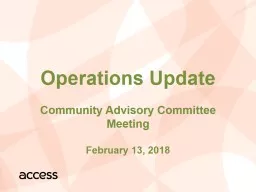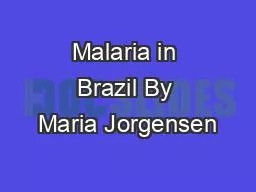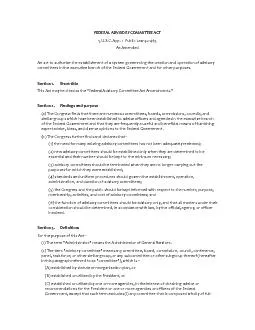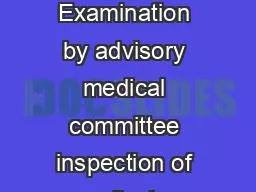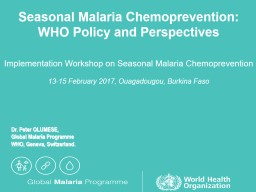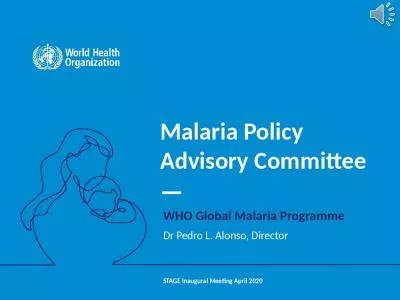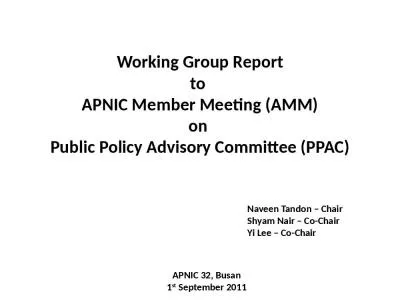PDF-Malaria Policy Advisory Committee Meeting September
Author : pasty-toler | Published Date : 2015-06-10
1 Vector C ontrol Technical Expert Group Report to MPAC September 2013 Capacity Building in Entomology and Vector Control Executive Summary Key recommendations
Presentation Embed Code
Download Presentation
Download Presentation The PPT/PDF document "Malaria Policy Advisory Committee Meetin..." is the property of its rightful owner. Permission is granted to download and print the materials on this website for personal, non-commercial use only, and to display it on your personal computer provided you do not modify the materials and that you retain all copyright notices contained in the materials. By downloading content from our website, you accept the terms of this agreement.
Malaria Policy Advisory Committee Meeting September: Transcript
Download Rules Of Document
"Malaria Policy Advisory Committee Meeting September"The content belongs to its owner. You may download and print it for personal use, without modification, and keep all copyright notices. By downloading, you agree to these terms.
Related Documents

